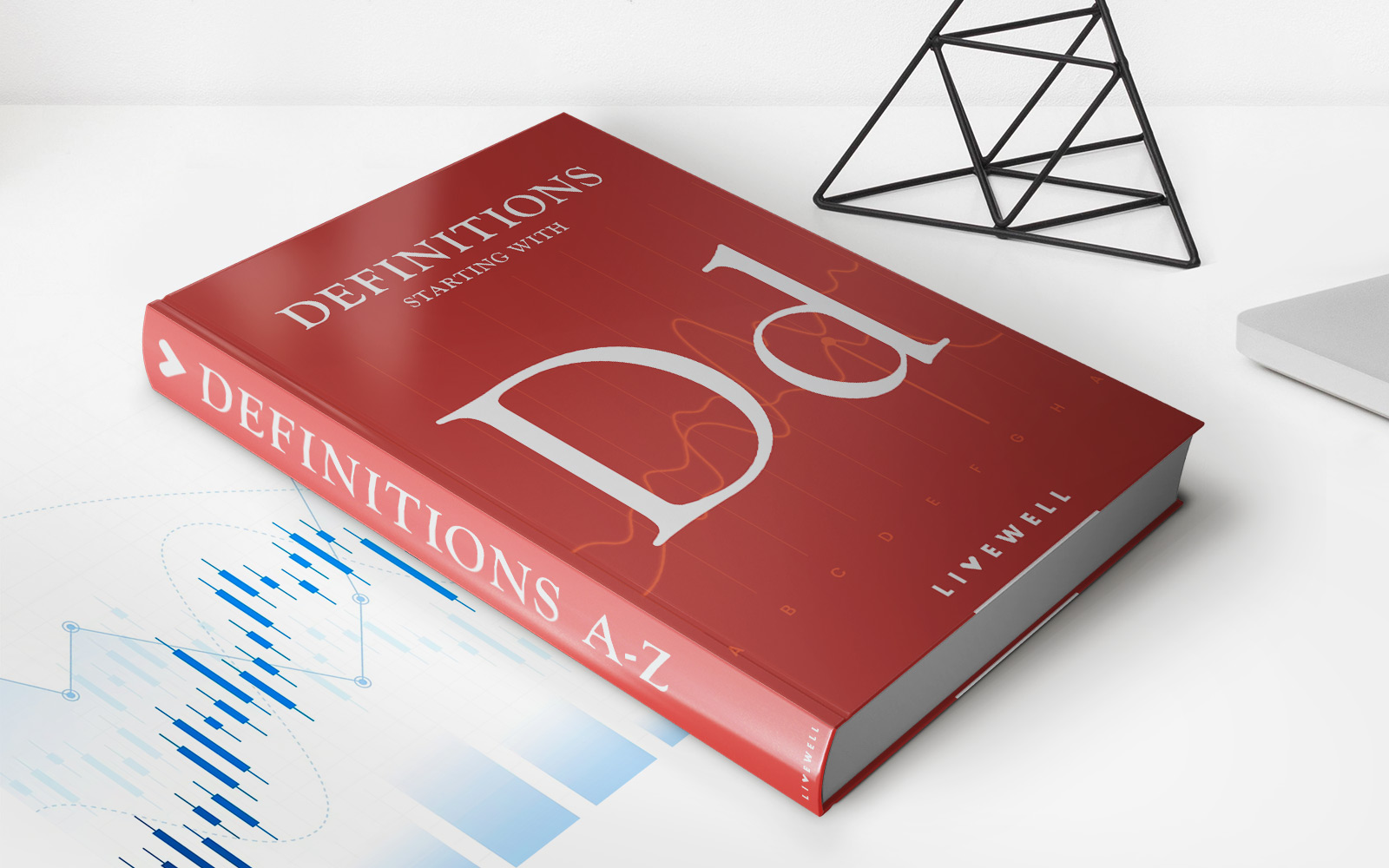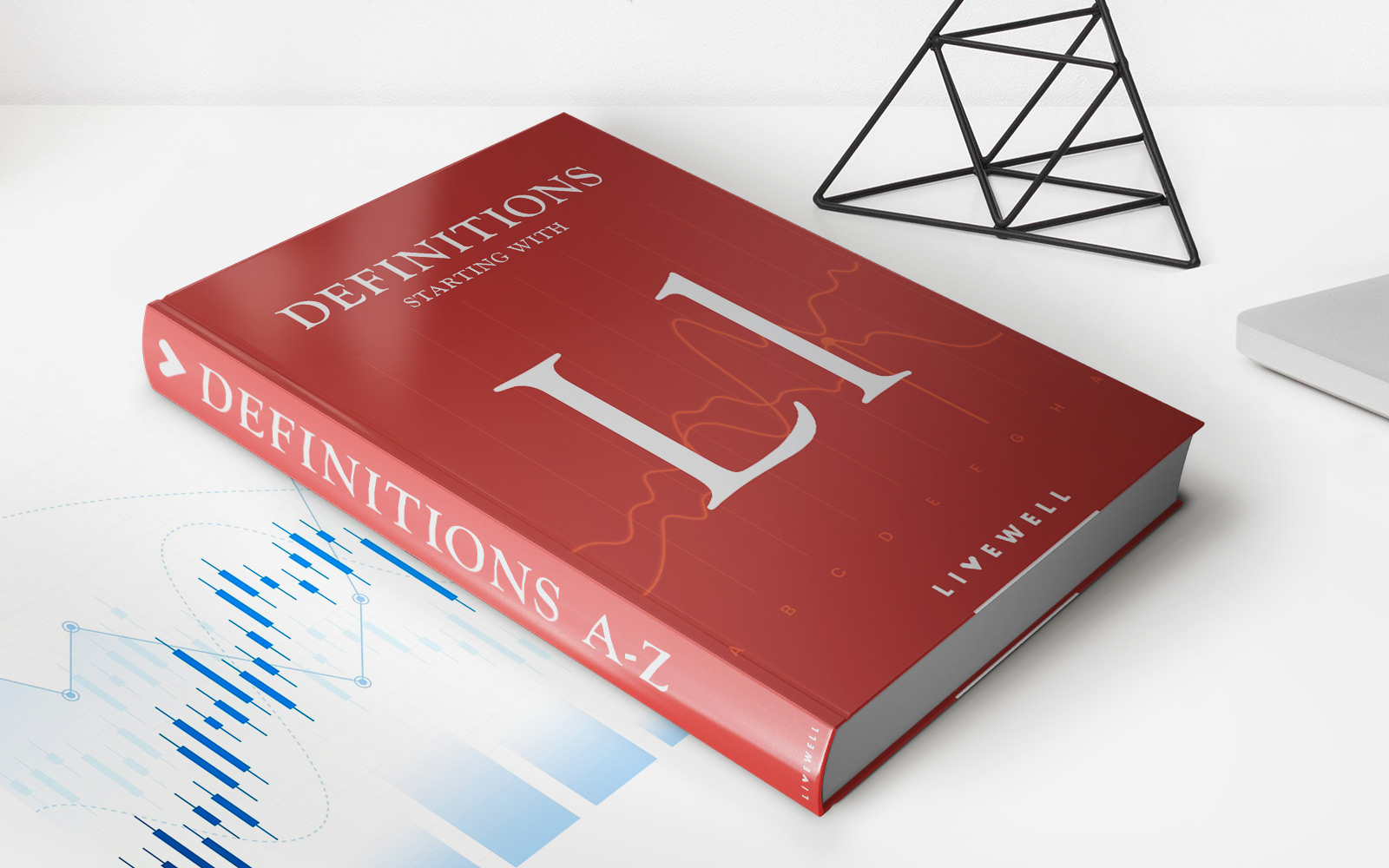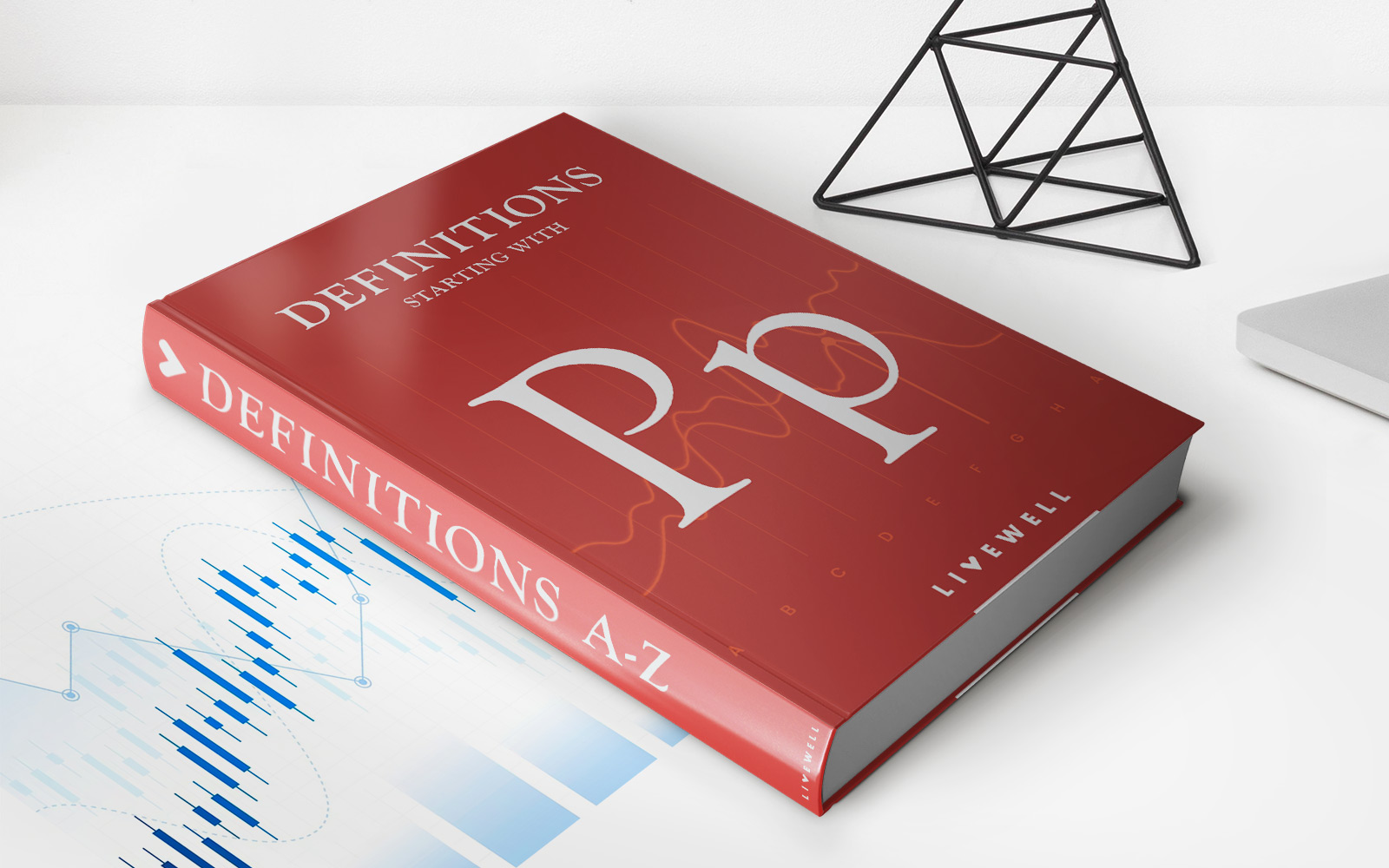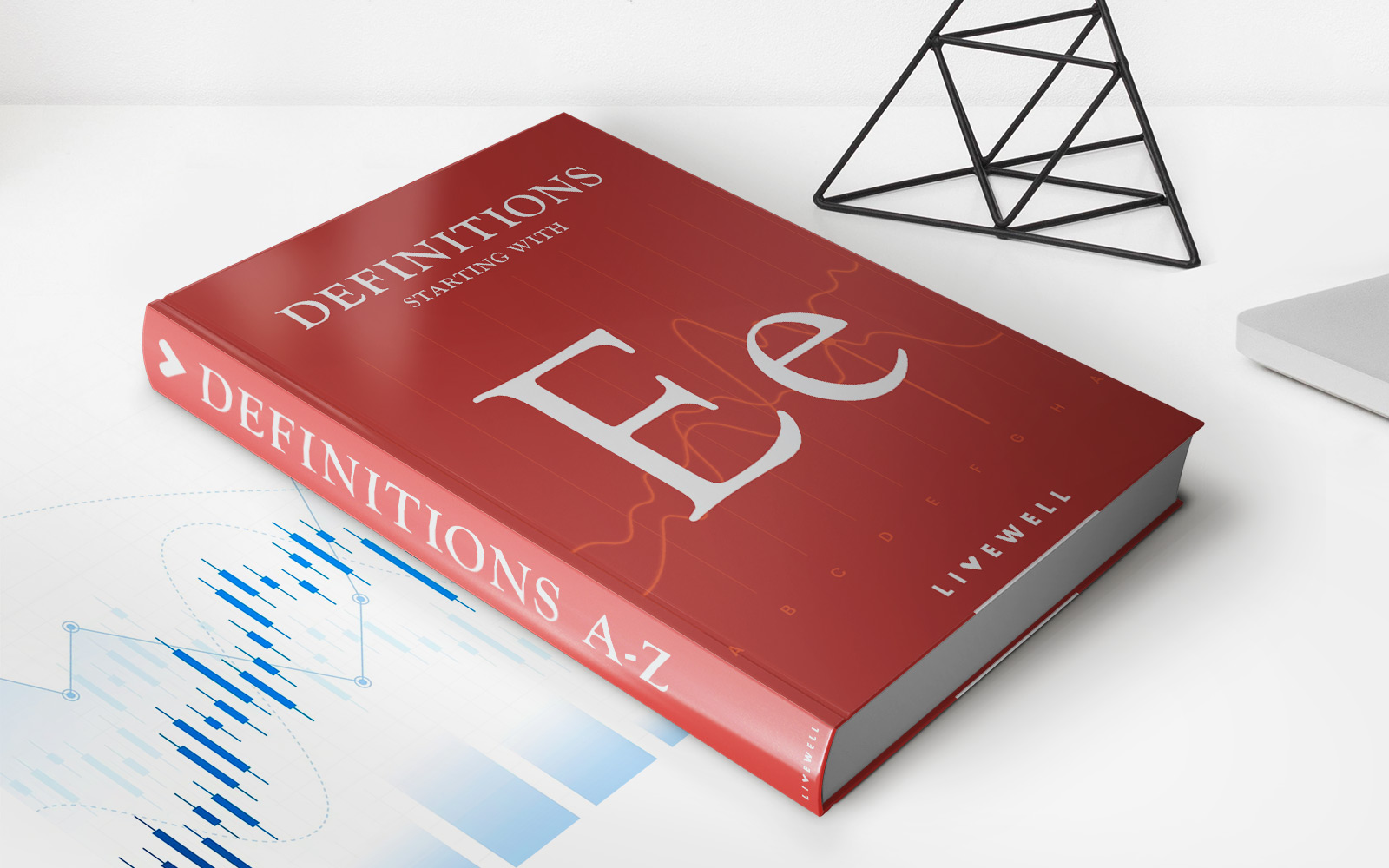Home>Finance>Debt Fund Definition, Risk, How To Invest, Examples


Finance
Debt Fund Definition, Risk, How To Invest, Examples
Published: November 8, 2023
Learn about debt funds, their definition, risks, how to invest in them, and get examples. Enhance your financial knowledge with our comprehensive guide.
(Many of the links in this article redirect to a specific reviewed product. Your purchase of these products through affiliate links helps to generate commission for LiveWell, at no extra cost. Learn more)
Understanding Debt Funds: A Guide to Financial Stability
When it comes to managing your finances and achieving long-term stability, it’s essential to explore the diverse investment options available to you. One such option that can offer stability and consistent returns is a debt fund. In this article, we will delve deep into the world of debt funds, covering everything from their definition and risks to how you can invest and some examples to consider.
Key Takeaways:
- Debt funds are investment instruments that pool money from various investors and invest primarily in fixed-income securities.
- They offer lower risk compared to equity funds, making them an attractive option for conservative investors.
What are Debt Funds?
Debt funds are investment vehicles that collect money from multiple investors and primarily invest in fixed-income securities such as government bonds, corporate bonds, treasury bills, and other money market instruments. These funds generate income through regular interest payments received from the underlying securities. By investing in debt funds, individuals can earn stable returns while minimizing the risks associated with direct investment in individual bonds.
Debt funds come in various types, including short-term, long-term, corporate bond funds, and government bond funds. Each type has its own risk profile and investment objectives, catering to the unique needs and preferences of different investors.
Understanding the Risks
While debt funds generally offer lower risk compared to equity funds, it is important to be aware of the potential risks involved. Here are some key risks associated with debt fund investments:
- Interest Rate Risk: Changes in interest rates can impact the value of the bonds held by the fund. When interest rates rise, bond prices fall, leading to a decrease in the NAV (Net Asset Value) of the fund.
- Credit Risk: There is always the risk of default by the issuer of the bonds held by the fund. Careful evaluation of the creditworthiness of the underlying securities is crucial.
- Liquidity Risk: Some debt funds may invest in less liquid bonds, which could pose challenges in exiting the investment during times of market stress.
How to Invest in Debt Funds
Investing in debt funds is relatively straightforward. Here’s a step-by-step guide to get started:
- Educate Yourself: Understand the different types of debt funds available, including their risk profiles and investment objectives.
- Set Your Goals: Determine your investment goals, such as capital preservation, regular income, or long-term wealth accumulation.
- Assess Risk Tolerance: Consider your risk appetite and select a debt fund that aligns with your investment preferences.
- Choose a Fund House: Research and select a reputable fund house with a track record of managing debt funds successfully.
- Consult with Experts: If you are unsure, seek guidance from financial advisors who can help you select the right debt fund for your needs.
- Invest and Monitor: Once you have chosen a debt fund, invest the desired amount and regularly monitor its performance to ensure it aligns with your investment goals.
Examples of Debt Funds
Now that you have a better understanding of debt funds, here are a few examples to consider:
- XYZ Short-Term Corporate Bond Fund: A short-term debt fund that primarily invests in high-quality corporate bonds with a maturity of up to three years.
- ABC Government Bond Fund: A government bond fund that invests in federal and state government bonds, offering stability and relatively lower risk.
- DEF Dynamic Income Fund: This debt fund offers a blend of fixed income securities, adjusting its portfolio based on market conditions to maximize returns.
Remember, before investing in any debt fund, it’s important to carefully review its investment objectives, risk profile, and past performance. By making informed decisions and diversifying your investment portfolio, you can work towards achieving your financial goals while minimizing risk.
Disclaimer: The information provided in this article is for educational purposes only and should not be considered as professional financial advice. Consult with a qualified financial advisor or investment professional before making any investment decisions.














